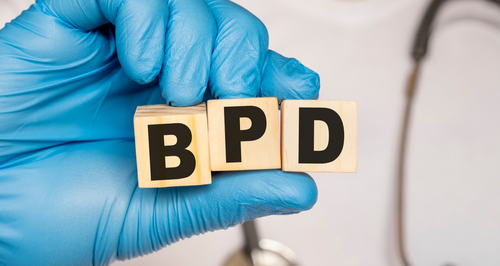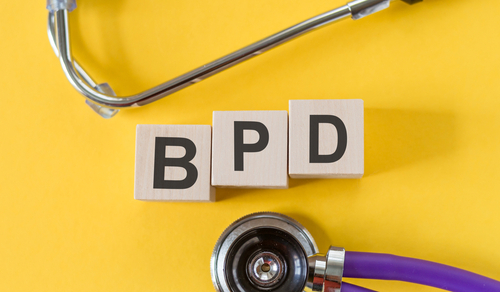
The Diagnostic and Statistical Manual of Mental Disorders, Fifth Edition (DSM-5) list ten standalone personality disorders and based on similar characteristics, each personality disorder is grouped into one of three categories (cluster A, cluster B, and cluster C). Borderline personality disorder (BPD) belongs to cluster B, which according to the Mayo Clinic are “characterized by dramatic, overly emotional or unpredictable thinking or behavior.” More specifically, the Merck Manual explains that BPD is “characterized by a pervasive pattern of instability and hypersensitivity in interpersonal relationships, instability in self-image, extreme mood fluctuations, and impulsivity.” Emotional dysregulation is a term used within the mental health field to denote irrational, poorly modulated emotional responses, which is a core feature of borderline personality disorder.
Borderline personality disorder is not an uncommon disorder, as the National Institute of Mental Health (NIH) estimates that 1.4% of the adult population in America experience BPD. The cause of borderline personality disorder remains unknown, but the NIH alludes to research that “suggests that genetics, brain structure and function, and environmental, cultural, and social factors play a role, or may increase the risk for developing borderline personality disorder.” Although there are several warning signs that can be indicative of BPD, without a comprehensive evaluation that is conducted by one or more qualified mental health professionals, it is essentially impossible to truly know if someone has borderline personality disorder.
Signs and Symptoms
Every individual is different and has the propensity to exhibit a unique combination of signs and symptoms related to borderline personality disorder. The symptoms of borderline personality disorder typically result in overarching interpersonal relationship complications and impulsive actions. The Mayo Clinic provides examples of signs and symptoms that are commonly exhibited in individuals with borderline personality disorder, some of which include, but are not limited to the following:
- Engaging in risky and/ or impulsive behaviors (e.g., reckless driving, excessive gambling, binge eating, substance abuse, unsafe sex, etc.)
- Intense fear of abandonment
- Suicidal ideations
- Self-injury
- Severe mood swings (e.g., elation, irritability, shame, anxiety, etc.)
- Pattern of unstable relationships
- Irrational displays of anger
- Distorted self-image
- Feelings of emptiness
- Stress related paranoia
Some individuals may experience numerous symptoms of BPD, while others may only experience a few symptoms. Research indicates that individuals with borderline personality disorder may experience intense episodes of depression, anxiety and/ or anger that could last from a few hours to several days long. The symptoms that manifest because of borderline personality disorder often mimic those of other mental health disorders (e.g., histrionic personality disorder, narcissistic personality disorder, bipolar personality etc.). In fact, BPD is one of the most commonly misdiagnosed mental health conditions in America.
The information above is provided for the use of informational purposes only. The above content is not to be substituted for professional advice, diagnosis, or treatment, as in no way is it intended as an attempt to practice medicine, give specific medical advice, including, without limitation, advice concerning the topic of mental health. As such, please do not use any material provided above to disregard professional advice or delay seeking treatment.








